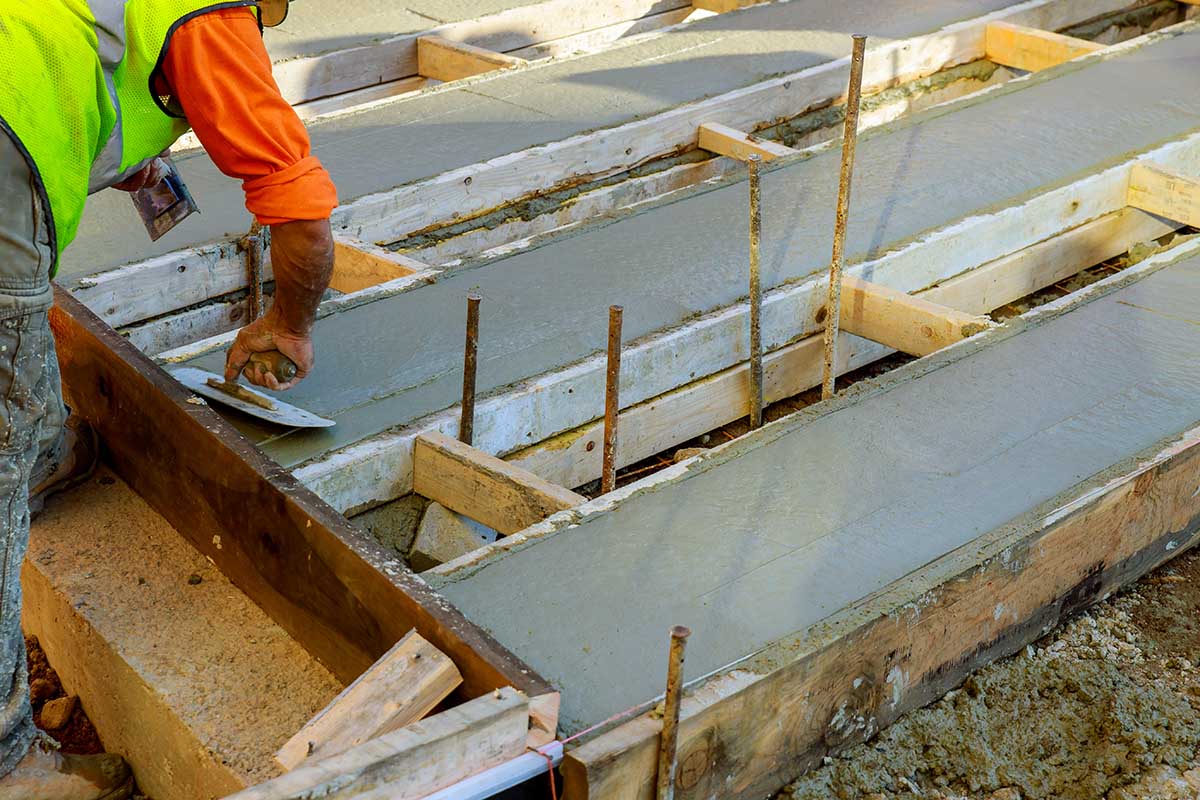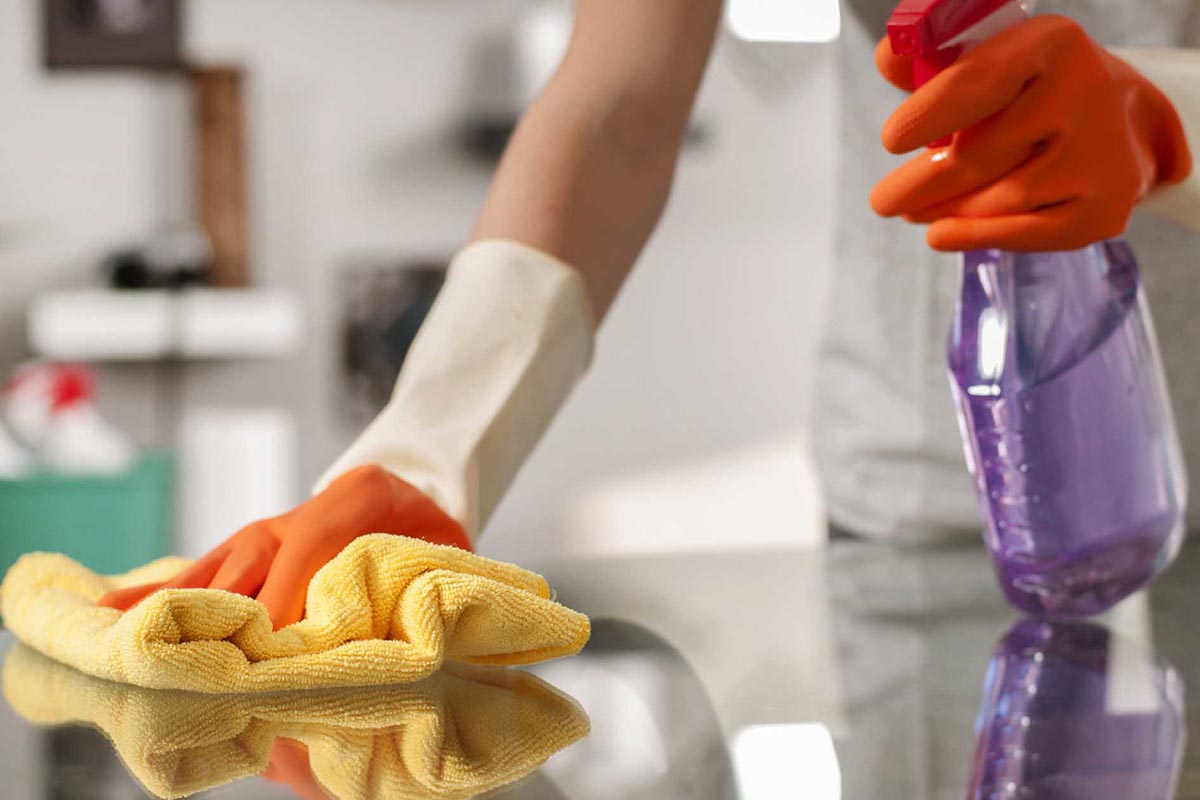Liquid Screed vs Sand Cement – Which is the Best Option?
Traditional cement and sand mixture have been used all around the globe to create residential and commercial flooring for many years. However, in recent times, more and more people are opting to use liquid screeding. Wonder why such a trend is happening. Take a look at Liquid Screed vs. Sand Cement main similarities and differences in this article.
A better option for piping work
If you want to install water pipes for underfloor heating, liquid screed is preferable because it leaves no air gap. You can expect little to no heat transference without gaps underneath the flooring material. This will help you save money on your monthly electric bill and minimize your carbon footprint even during the winter season.
Liquid Screed vs Sand Cement: Faster and More Accessible Application
Applying traditional cement and sand mixture requires time to ensure a smooth finish. You may also need to hire more people to finish a job, especially if you have a large-scale project. Fortunately, you can use a screed mix to create your flooring. It’s faster and easier to apply compared to a cement and sand mixture.
Perfect for time-constrained projects
Traditional concrete takes about 24 to 48 hours to dry. It could take longer if the thickness exceeds 75 mm. On top of the drying time, you still need to wait a few weeks to cure the cement.
You may need to wait at least a month before you can use your cement flooring. The standard liquid screeding mix can dry within a week. If you only have a limited time to work on the project, it may be better to use Screed.
You can try increasing airflow and temperature in the revamped space to ensure that your newly applied flooring mixture dries quickly. Understanding the Liquid Screed vs. Sand Cement may help a lot.
Liquid Screed vs Sand Cement: More durable and lightweight
Regarding durability and toughness, nothing can compare to liquid screeding. It forms a thinner but more durable layer than the usual sand and cement mixture. It’s ideal, especially if you want to boost your building insulation. Once the layer completely dries, you can install thick insulation materials to start improving your home’s energy efficiency.
Liquid screeding has become the top choice of homeowners as well as property developers thanks to the numerous benefits that come with it. While it may be a bit more expensive than other options, you will surely reap more long-term benefits if you choose high-quality liquid screeding.
When you’re ready to start your floor screeding project, you should start looking for a contractor who can handle the job for you. While it’s possible to opt for DIY, hiring a specialist to work on your flooring is better. Working with a pro will help you ensure the quality of the results as they know well the difference between Liquid Screed vs. Sand Cement. Also, it will eliminate the need to lease equipment and risk paying for expensive repair or follow-up services.



















